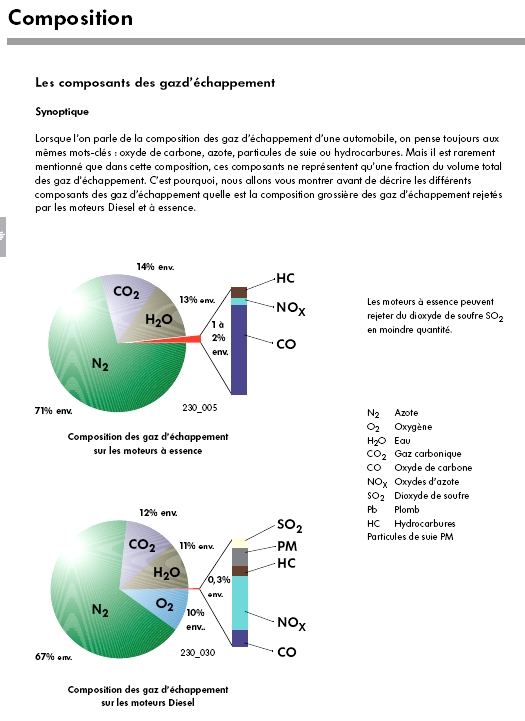Christophe wrote:It seems to me that we went up to 25% O2 by volume ... It was (largely) enough to have an effect on combustion ... obviously we could not measure much. It was just a try!
OK, so we should be able to do better :-)
Christophe wrote:Do you have an url for adsorption generators?
I learned about gas permeation at the time but not about adsorption ...
Apparently we manage to separate O2 from N2 well by this method:
http://www.cfm-mb.fr/techniques/permeation.htm
I did not know before either, all that is air treatment is quite closed in Europe, oligopolistic market of some big companies.
It is still on Chinese sites that I found the info :-)
There are 3 methods:
- distillation of liquid air;
- membrane filtration;
- PSA (Pressure Swing Adsorption).
The 3rd solution gives an imperfect concentration (85-95%) but with high flow rates and a low cost, perfect for making ozone for water treatment.
Hence my idea to divert it for efficient combustion ...
Examples of materials:
http://www.o3-technologies.com/product_ ... pro_id=614http://www.ooozone.com/Product_Type.asp?ProductID=6there must be others, I'm waiting for specific specs and prices ...
For Flytox:
Flytox wrote:On the NOx side, I understood exactly the opposite, when we increase the proportion of O2 we increase NOx Frowning The principle of EGR is also to deplete Oxygen to limit the combustion temperature and therefore NOx.
Normal, we bring as many N as O :-)
With a gas at 90% oxygen, only 10% nitrogen will remain, which will "mechanically" displace the equilibrium of the NOx formation reaction, reducing their appearance. And since the combustion of the carbon will be complete, it should be very clean at the exit: remains to be verified!
In addition, by lowering the gas flow rates at the outlet (exhaust), we will drastically reduce the calorie losses, therefore raising the temperature and the thermal yields.
So watch out for the effects on the engine or the boiler ...
In dragster mode, bringing a supply of pure oxygen would be rather dangerous, but they seem not to fear much :-)
By filtering it right in front, we have to reduce the risks. But given the mass of equipment, it is difficult for a vehicle, remains to be seen what it brings ...
In any case, as we also reject oxygen-depleted air on the other side, we have very good fire protection for free ...






